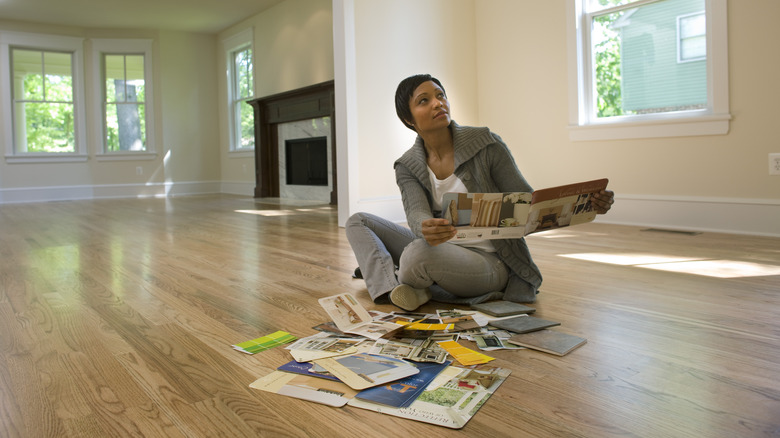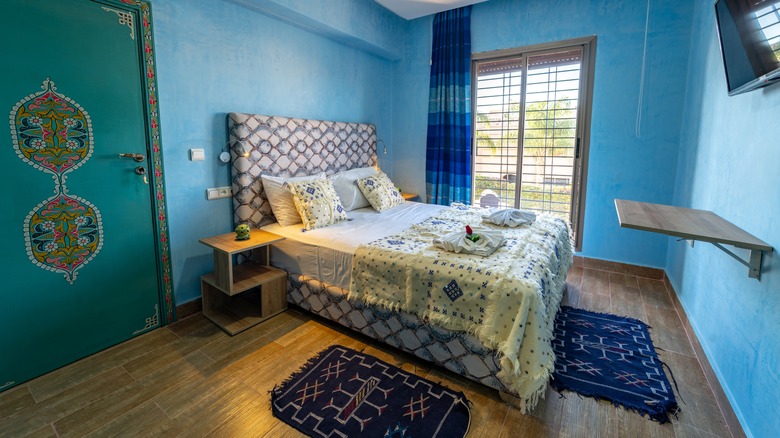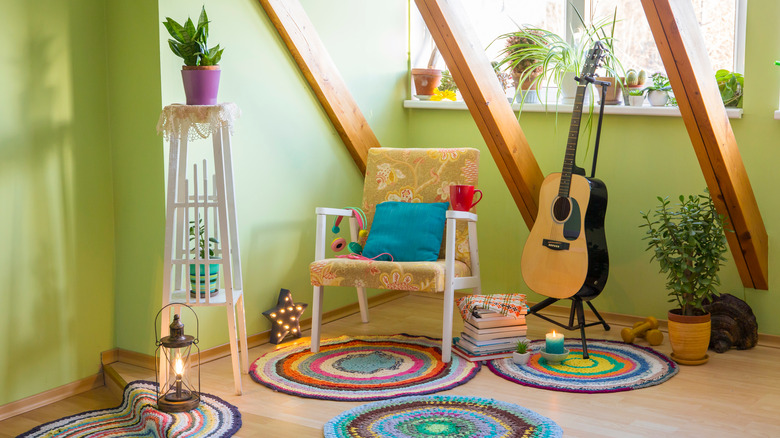Design Your Room Based On A Concept Instead Of A Theme For A Timeless Look
In the world of interior design, ideas can be overwhelming, and more often than not, people lose what they set out for in the first place because of whatever it is that may be trending. We live in a world where great inspiration is everywhere, which can be confusing or difficult to resist when designing your room. Much of it looks great, and plenty of it can work, but interior design is more than just aesthetics; it's a power that can both echo your personality and yet also be something that can change it. This is why it's so important for your space to stand the test of time — it must grow and evolve with you rather than feel like a space of some bygone version of you and the world. To achieve this timeless appeal, focus on a 'concept' rather than a 'theme.'
But before we delve into why, let's clarify what exactly is a theme and the problem with it. In interior design, a theme can be understood as a visible unifying idea that shapes a space's décor, colors, and furnishings. Themes can be inspired by time periods, locations, or certain aesthetics, like something farmhouse or Morrocan. While visually appealing, they can become outdated if too reliant on specific trends. Hence, why many designers try to look for broader, more timeless opportunities to avoid this problem; that is where the concept comes in.
What is a concept in interior design and how to find it
A concept in interior design is a guiding, abstract idea that determines the mood or atmosphere of a space. Instead of themes like farmhouse or Morrocan, try concepts like country-style or boho, which are more subtle and flexible. These are then translated into various design elements such as color palettes, textures, lighting, furniture styles, and layouts that work together to evoke the desired mood or atmosphere. The flexibility of such concepts allows for the space to evolve with the changing tastes and trends, making them a popular choice in contemporary interior design.
But enough with theory, let's talk about how we can use a concept when designing our room. It's surprisingly much like how one would begin writing a story. You think about a character, in this case, yourself. Then you find a feeling and attach it to a setting representing that character's world. It really can be as creative as that. Take an eclectic, free-spirited individual named Max (a two-dimensional character for the sake of example). Max loves feeling like there is no limit to anything. He thinks of Willy Wonka's world and just feels at peace. Nothing is too much for Max, which may make finding a concept for his room challenging. However, if we summarize the physical elements Max enjoys, the feelings and sensations that interest him and factor in his personality ... his concept may be (you guessed it) maximilism.
How to implement a concept
So, how does Max take this concept of maximalism and begin designing his room? Well, he shouldn't make it look like Willy Wonka's Wonderland because that would be like falling into the 'theme' trap mentioned earlier. Remember, it's about capturing the spirit of that place, not recreating the place itself.
Max could begin by embracing color as maximalism is about richness and depth, so jewel tones and bright shades. Next, he should try combining both patterns and textures in his furnishings and décor, taking inspiration from Willy Wonka's plum velvet or flower-patterned shirt. Max could even put an eccentric collection on display, say on a gallery wall, shelving, or table.
But if he really wanted to capture that 'wonderland' feel, playing with scale will certainly make for a fantastic impact. For example, large pieces of furniture paired with smaller, more delicate kinds. To finish the space, Max should make some final touches by layering the décor, filling up the space, or substituting things as time passes. After all, it's about what you truly love, and that will always tell a story in its own way.
By grounding our design in abstract ideas or moods, we develop interiors that not only reflect our current selves but also evolve with us over time. Essentially, we're painting a living canvas of our personal style, experiences, and aspirations that remain meaningful no matter how trends change.


